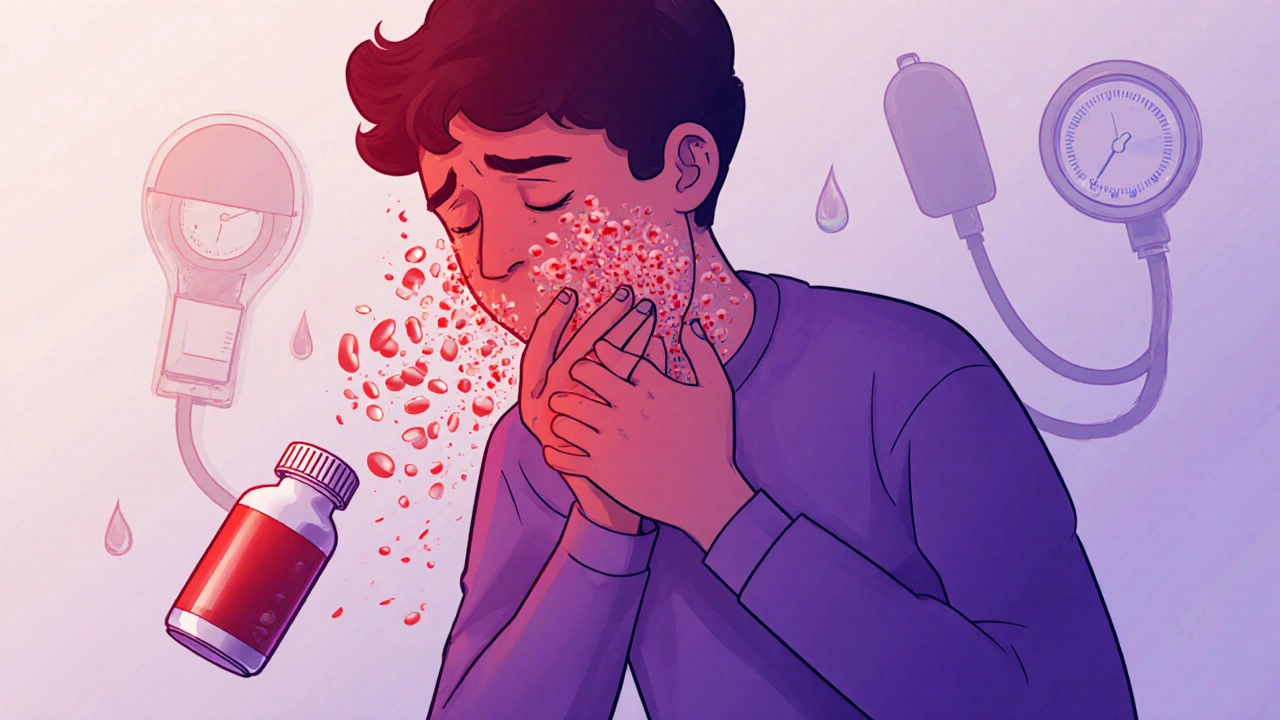Anaphylaxis: What It Is, Triggers, and How to Stay Safe
When your body overreacts to something harmless—like peanuts, bee stings, or certain medicines—it can trigger a dangerous condition called anaphylaxis, a severe, life-threatening allergic reaction that affects multiple body systems. Also known as anaphylactic shock, it doesn’t wait for permission—it hits fast, and without treatment, it can be fatal. This isn’t just a bad rash or a stuffy nose. Anaphylaxis slams your airways, drops your blood pressure, and can shut down your breathing in minutes.
Common triggers include peanuts, a leading cause of anaphylaxis in children and adults, shellfish, often linked to sudden reactions in adults, penicillin, one of the most frequent drug triggers, and even latex, a hidden risk in medical gloves and some bandages. Some people react to exercise, cold, or even aspirin. The key? You don’t need to be exposed to it every time for it to happen. One mild reaction doesn’t mean the next one will be mild too.
Knowing the signs saves lives. Swelling in the throat, wheezing, hives, vomiting, dizziness, or a feeling that something’s terribly wrong—these aren’t just symptoms. They’re your body screaming for help. If you’ve ever had an allergic reaction before, you’re at higher risk. That’s why carrying an epinephrine auto-injector, a life-saving device that reverses anaphylaxis within minutes isn’t optional—it’s essential. And it’s not just for you. Family, teachers, coworkers—everyone around you should know where it is and how to use it.
Many of the posts here focus on how medications can cause unexpected reactions, how allergies interact with other conditions, and what to watch for when taking common drugs. You’ll find real-world advice on avoiding triggers, recognizing early warning signs, and what to do when things go wrong. Whether you’re managing a known allergy, worried about a new reaction, or just trying to understand what anaphylaxis really means, this collection gives you the clear, no-fluff facts you need to stay safe.
Anaphylaxis from Medications: How to Recognize and Respond to a Life-Threatening Allergic Reaction
Anaphylaxis from medications is fast, deadly, and often misdiagnosed. Learn the warning signs, why epinephrine is the only lifesaver, and how to act before it’s too late.

